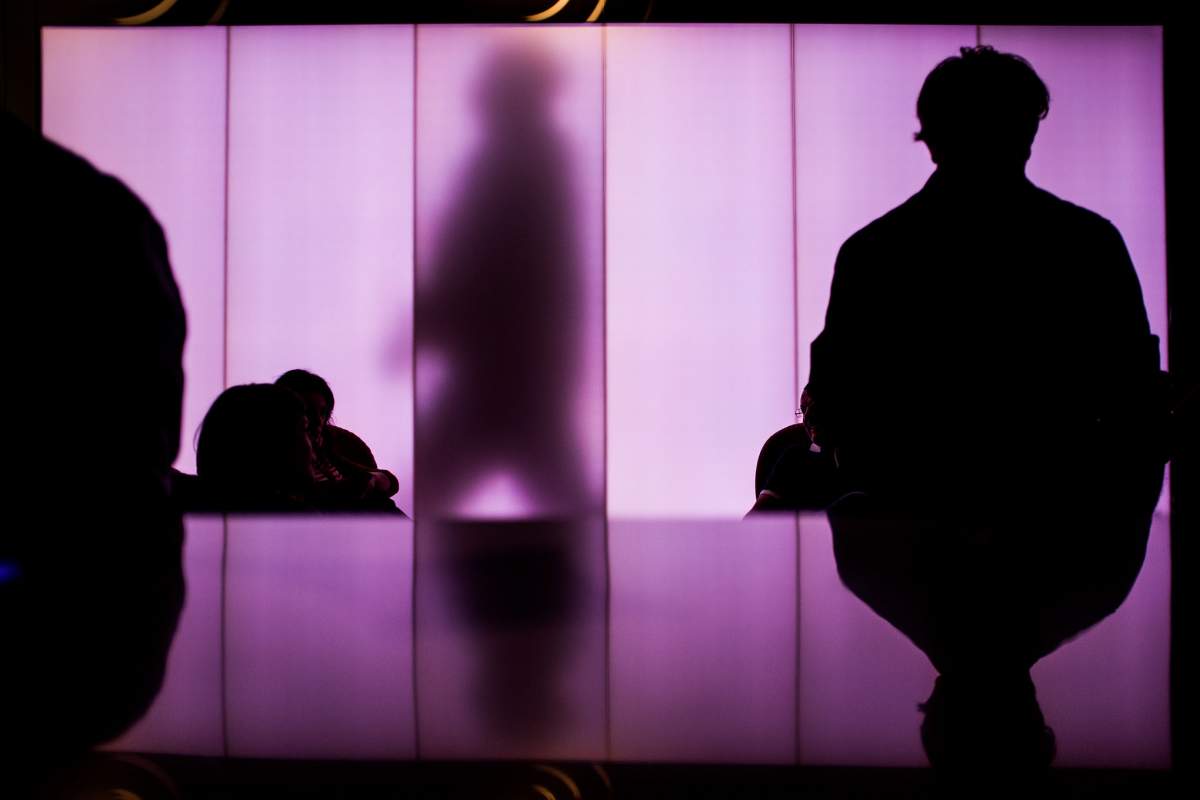
On a sunny day, look at your shadow on a plain, smooth surface. Look closely at the shadow's edge.
The edge is not perfectly sharp; there's a gradual transition from the dark inside, through a range of intermediate grays, to the bright outside.
Now, look for something else: a bright band just outside that gray zone on the bright side. Look more carefully and you may also see a dark band just inside the gray zone on the dark side.
Ernst Mach
That bright band on the outside of the shadow, and the dark band on the inside, were first discussed in scientific literature in the mid-nineteenth century, by the Austrian physicist Ernst Mach. They're generally called Mach bands.
The Mach bands are an optical illusion. They don't represent actual variations in the amount of light hitting the surface: the bands are created by our visual system.
To see the Mach bands more clearly, try moving around and watching the edge of the moving shadow.
Seeing Bands
The Mach bands indicate that our visual system accentuates contrast at edges. Our visual system tells us about the difference between the dark area and the bright area by accentuating the line where they meet.
That's why we can use lines to draw pictures. To make a convincing picture of, say, a coffee cup, an artist needs to draw only the edges.
Our perceptual system interprets the lines to mean "coffee cup" on one side and "background" on the other.
Look for the Mach bands along a shadow's edge: an extra-bright band along the bright side, an extra-dark band along the dark side.
Those bands provide a striking piece of evidence that our visual system accentuates contrast wherever we see an edge.
Sources And Further Reading:
- F. Ratliff, "Contour and Contrast," Scientific American, June 1972
- M. Minnaert, The Nature of Light and Colour in the Open Air (Dover, 1951)
- M.S. Livingstone, "Art, Illusion and the Visual System," Scientific American. January 1988. Link to an abstract can be found here.
- R.P. Feynman, The Feynman Lectures on Physics, chap. I-36 (1963).









